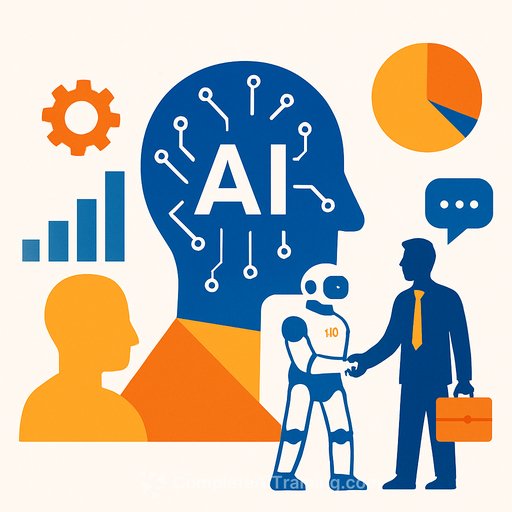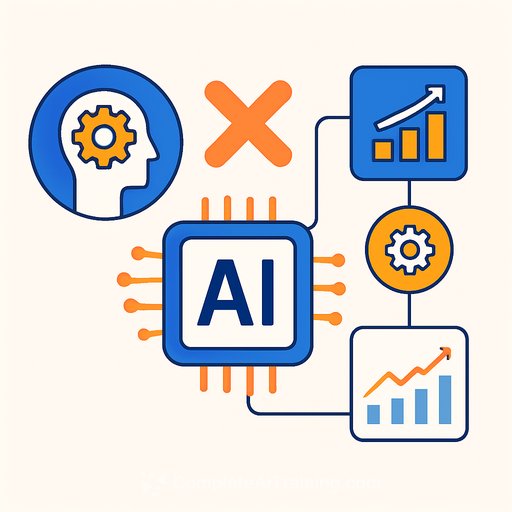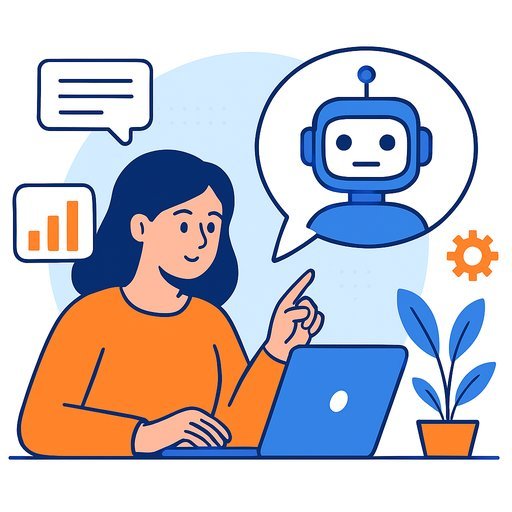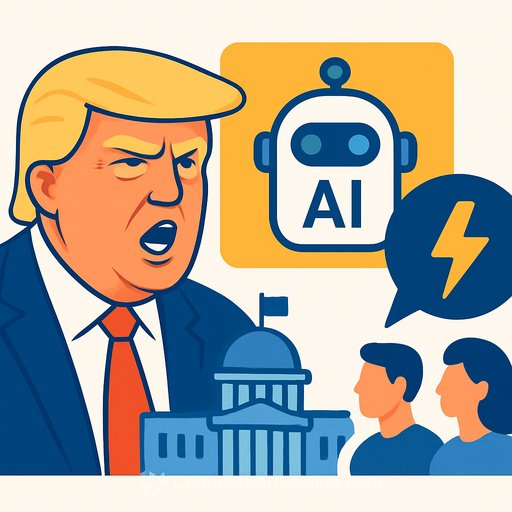Fourth Industrial Revolution: Enterprise AI at a Tipping Point and What Comes Next
Consumer AI tools like ChatGPT have raised the bar for user experience, making intuitive, responsive, and personalized interactions the new standard. Enterprise AI is evolving beyond passive tools into agentic systems that operate autonomously within business processes. As AI becomes central to operations, trust, explainability, data control, and regulatory compliance have moved to the forefront of executive concerns.
Many enterprises eager to adopt AI face challenges because existing solutions often don’t fit real business needs. Leaders find themselves caught between powerful consumer AI and fragmented enterprise tools that require heavy customization. While proof-of-concepts are common, scaled deployment success remains limited. However, this is changing. A new wave of AI solutions is emerging that prioritizes key enterprise needs such as data security, operational integration, compliance, and business context. The focus is shifting from building AI for its own sake to embedding intelligence directly where work happens.
1. The Consumerization of AI is Raising Expectations
AI tools like ChatGPT, Claude, and Google Gemini have set new user expectations: simple interfaces, fast responses, and personalized results. ChatGPT alone gained over 100 million active users within months. This drives enterprise users to ask why work-related AI can't be just as intuitive.
With AI playing a bigger role in decision-making and operations, concerns about trust, security, and governance have moved from IT departments to the C-suite. Employees want AI to assist with real tasks—writing proposals, summarizing meetings, analyzing trends. To meet these demands, enterprise AI must be built with business users in mind, featuring natural language interfaces, contextual understanding, and smooth integration into existing tools like CRM, ticketing, and collaboration platforms.
2. From Generic Intelligence to Proprietary Outputs
General-purpose AI models offer impressive capabilities but often lack the business-specific grounding enterprises require. According to Deloitte’s 2024 State of AI in the Enterprise report, 62% of leaders point to data access and integration issues as the main barriers to AI adoption.
Without access to relevant enterprise data, AI cannot deliver meaningful or actionable results. This drives a shift toward technologies like retrieval-augmented generation, knowledge graphs, and fine-tuned smaller language models trained on proprietary data—whether product information, customer interactions, or compliance rules. Context-aware AI delivers not just better answers but outputs that organizations can trust.
3. AI Agents Are Moving from Concept to Real Impact
The next phase of enterprise AI involves agentic systems—AI agents that perceive context, make decisions, and take actions autonomously. These systems can draft customer responses, summarize calls, update records, or schedule follow-ups.
McKinsey’s report on the Economic Potential of Generative AI estimates that AI agents could automate 60–70% of employees’ time in sectors like banking and insurance. However, deploying these agents successfully requires more than just access to models. It demands integration with existing workflows, enterprise-grade security, and pre-built logic aligned with industry needs.
Pre-built AI agents offer a quick path to tangible outcomes in areas such as customer service, sales, and IT support, while allowing organizations to develop bespoke AI strategies over time. This approach enables both immediate operational gains and longer-term innovation.
4. Composability Is Becoming a Strategic Priority
Enterprise leaders face the challenge of making long-term technology choices in an environment where AI models improve monthly, regulations tighten, and vendors rapidly appear and vanish. Composability—the ability to integrate and interchange models, data layers, agents, and infrastructure—is no longer optional; it’s essential.
The future of enterprise AI won’t be about the biggest models or flashy demos but about delivering measurable results. Composable AI architectures protect against vendor lock-in, speed up experimentation, and maintain agility. They enable companies to enhance existing technology stacks rather than rebuild from scratch.
Gartner predicts that by 2026, organizations with composable architectures will implement new features 80% faster than competitors. More importantly, composability builds resilience, allowing AI strategies to remain flexible and adaptive as the landscape shifts.
5. Sovereignty and Trust Are Now Board-Level Issues
As AI takes on deeper roles in business processes, questions about model ownership, data privacy, compliance, and accountability have moved into the executive suite. This era demands AI sovereignty—full control over data, models, and deployment environments.
Regulated industries such as finance, healthcare, and government have especially high standards for data residency, ethical use, and governance. A recent Capgemini report shows that 73% of organizations want AI systems that are explainable and accountable.
Sovereignty also means architectural flexibility: running AI on-premises, in hybrid clouds, or in sovereign cloud environments as regulations require. Enterprises must not only deploy AI but also maintain control to defend and adapt it.
Looking Ahead: AI That Fits the Business
The next generation of enterprise AI is focused on delivering real-world value. Organizations are prioritizing solutions that:
- Provide immediate impact with pre-built agents for common use cases.
- Empower business users through intuitive, context-aware interfaces.
- Support long-term success via composable, sovereign architectures.
- Build trusted partnerships for ongoing, iterative transformation.
This approach goes beyond hype to create AI systems that are secure, flexible, and tightly linked to business outcomes. It’s about building AI that serves the enterprise—and not the other way around. The decisions leaders make today about platforms, partners, and principles will shape whether their organizations build just smart tools or smarter enterprises.
Your membership also unlocks:






